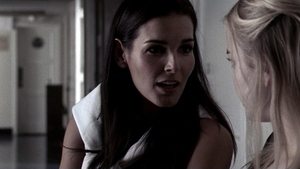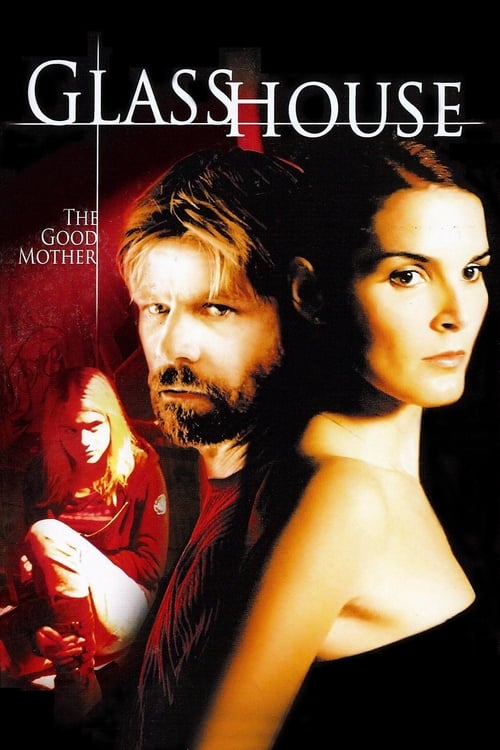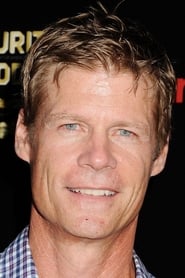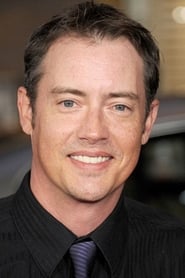Cast
View AllCrew
Director
- Steve Antin
Writer
- Brett Merryman
Producer
- Billy Pollina
Reviews
Wuchak
***An idyllic house (mansion) is not necessarily a home***
An orphaned teen girl (Jordan Hinson) & her little brother start a new life in remote Simi Valley, Ca, with their adoptive parents (Angie Harmon & Joel Gretsch), a seemingly-ideal couple who tragically lost their son a year earlier. Jason London is on hand as the kid’s acting-godfather.
“Glass House: The Good Mother” (2006) naturally has a similar plot to the first film, but the kids are a little younger here and, as the title implies, the mother is now the key adversary. Being a direct-to-video release it lacks the budget of the first film with Leelee Sobieski and Stellan Skarsgård (2001) and therefore lacks the theatrical pizazz thereof, having a Lifetime movie vibe.
As with that first movie, the awesome mansion itself is a highlight, located just a dozen miles north of the Glass manor used in the previous flick (in real-life). Unlike the first film, however, the actors are all no-names. Yet they rise to the challenge, especially Harmon as the increasingly not-good mother and Hinson as the formidable girl, who essentially becomes the “final girl” à la slasher flicks.
Not that this is a horror movie, but there is that element. It’s more realistic than the conventional slasher, which typically involve some eye-rolling psycho wearing a mask and brandishing a machete, etc. Here, the diabolic individual is more every-day and perfectly harmless on the surface, which somehow makes it more chilling.
The flick effectively addresses the mental illness factitious disorder imposed on another (FDIA), aka Munchausen syndrome by proxy (MSbP). These types of psychos actually exist, unfortunately.
The film runs 1 hour, 34 minutes, and was shot in Simi Valley, Ca, with some stuff done in Hollywood.
GRADE: C
Aug 8, 2019
Thematic Analysis
As a dramatic work, Glass House: The Good Mother examines complex human relationships and emotional struggles against the backdrop of contemporary challenges that mirror our own experiences. The character development particularly stands out, offering viewers a chance to reflect on their own life journeys.
Director Steve Antin brings their distinctive visual style to this film, continuing their exploration of themes seen in their previous works while adding new elements. Their approach to character development and emotional depth creates a viewing experience that rewards close attention.
Released in 2006, the film exists within a cultural context that continues to evolve with our understanding of its themes. Its reception demonstrates the diverse reactions to its artistic choices and its place in cinema history.
Did You Know?
- The production of Glass House: The Good Mother took approximately 13 months from pre-production to final cut.
- The final cut of the film runs for 94 minutes, though the director's initial assembly was reportedly 152 minutes long.
- The director insisted on using practical effects whenever possible, reserving CGI for only the most necessary scenes.
- The costume department created over 367 unique costume pieces for the production.
- The musical score contains over 77 unique compositions.
Historical Context
- In 2006, when this film is released:
- Environmental concerns were becoming more mainstream.
- Social media platforms were beginning to transform communication.
- Digital filmmaking technologies were transforming production processes and creating new opportunities.
How This Film Stands Out
While Glass House: The Good Mother shares thematic elements with other films in its genre, it distinguishes itself through its unique approach to storytelling, visual style, and character development.
Unlike American Psycho, which takes a more conventional approach to its subject matter, Glass House: The Good Mother offers a fresh perspective through its innovative visual language and narrative structure.
While films like The Silence of the Lambs and The Reflected Self explore similar territory, Glass House: The Good Mother stands apart through its distinctive directorial vision and pacing.
This film's unique contribution to cinema lies in its bold artistic choices and willingness to challenge viewer expectations, making it a valuable addition to its genre.
Details
- Release Date: October 3, 2006
- Runtime: 1h 34m












